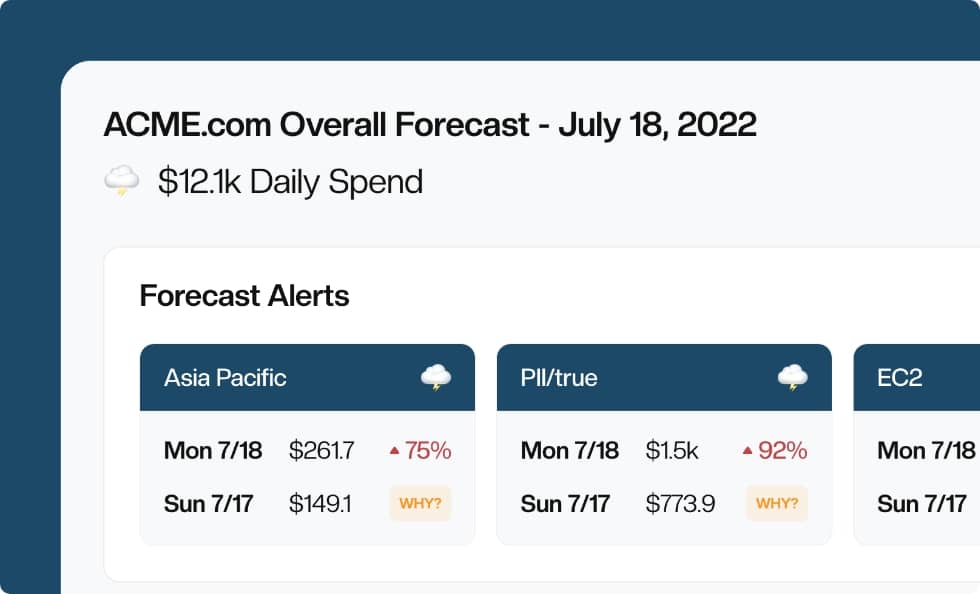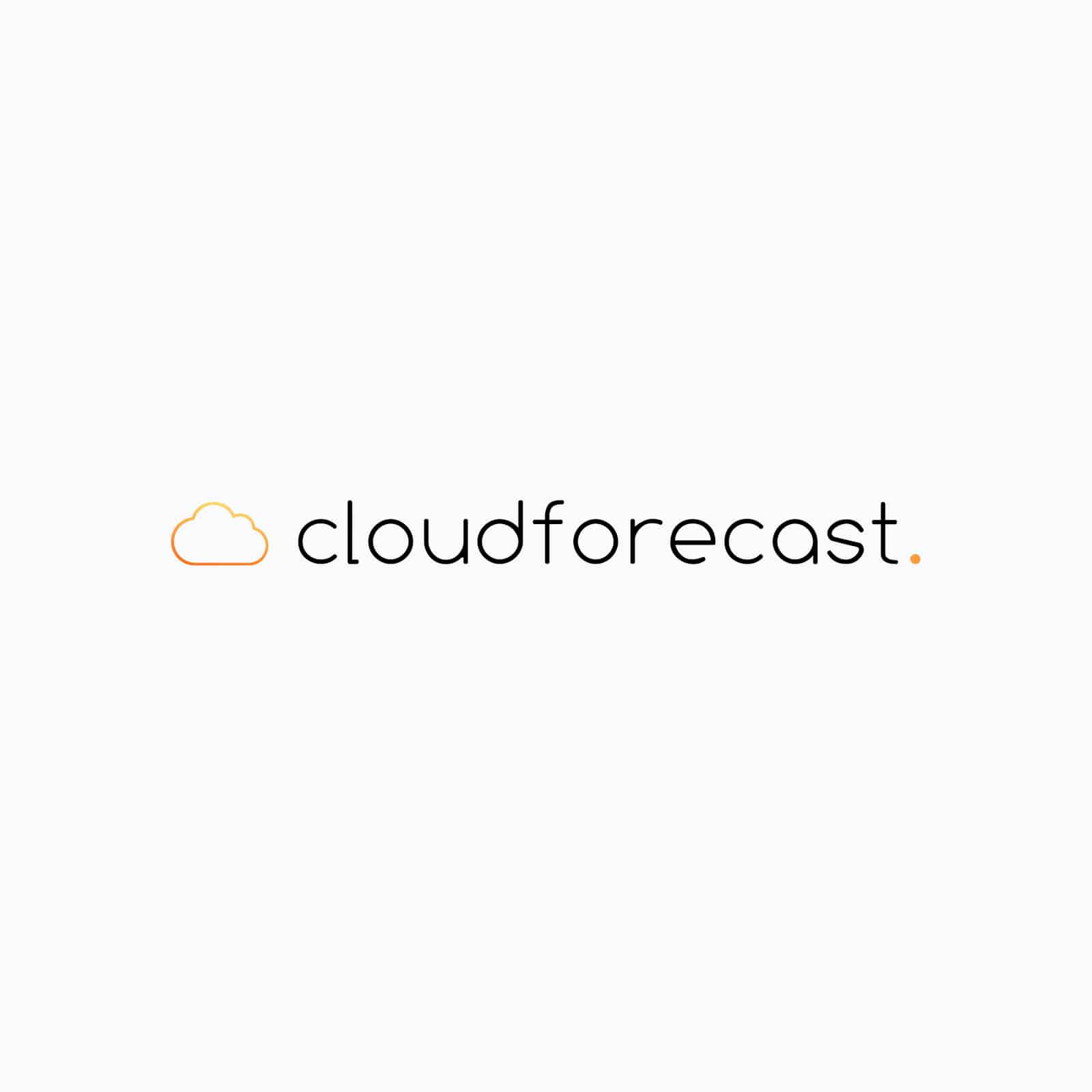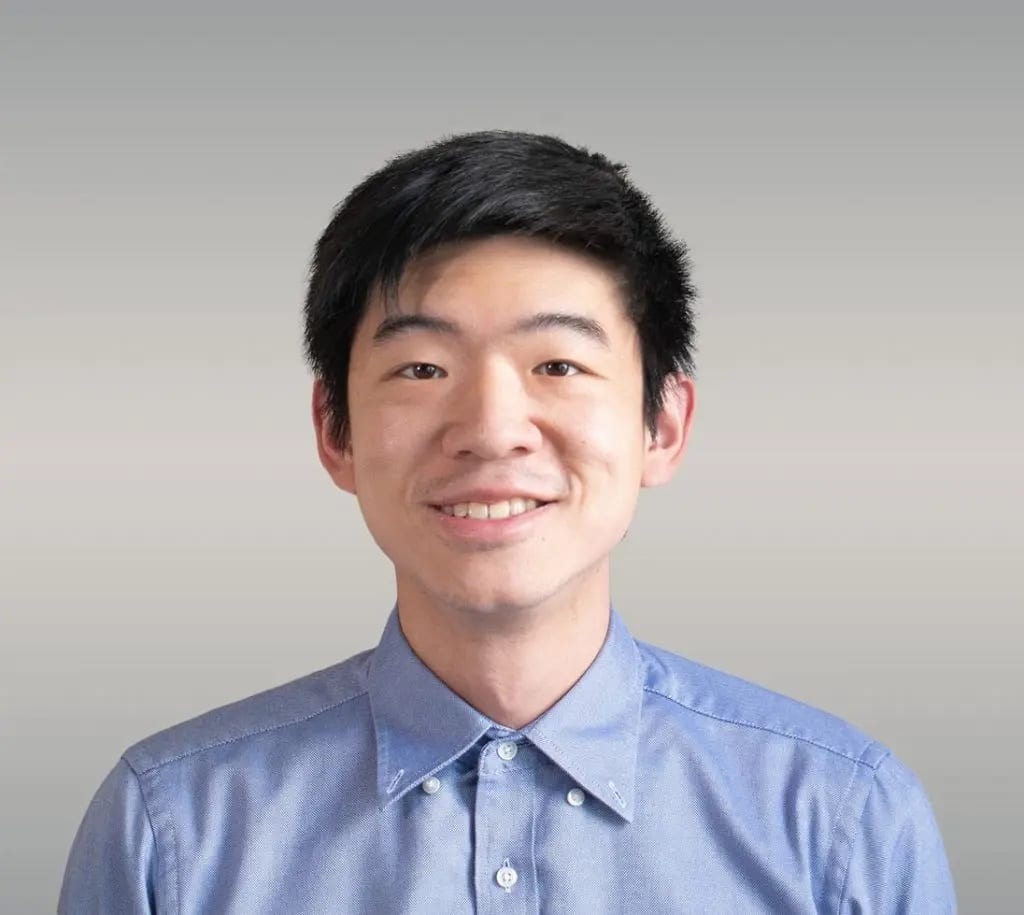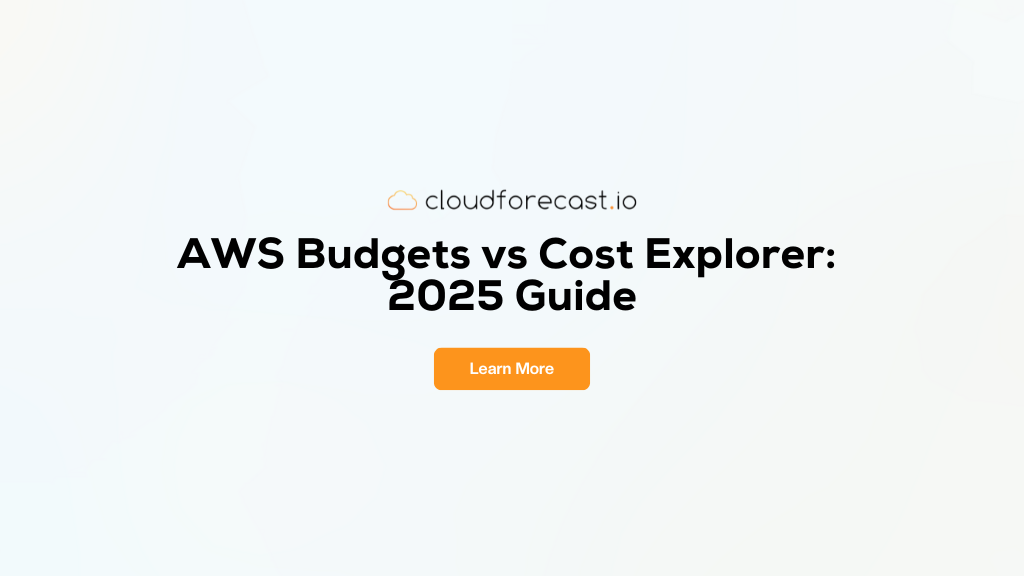Top 9 Open Source AWS Cost Optimization Tools In 2025
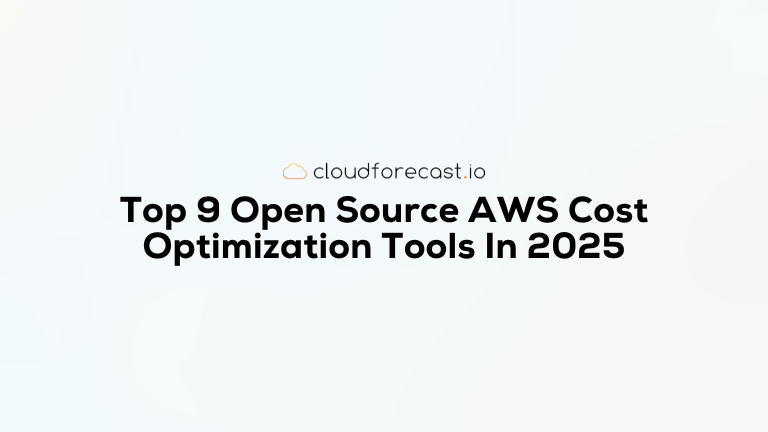
AWS cost optimization tools open source open-source cost optimization tools offer powerful functionalities to monitor, analyze, and manage AWS spending. From tracking real-time usage to automating cost-saving strategies, these tools not only reduce expenses but also enhance your operational efficiency in the AWS cloud.
This blog highlights the top open-source cost optimization tools that provide cost-effectiveness and robust features to streamline your cloud computing spend effectively. Read on to explore the details.
What is an Open-Source Cloud Cost Management Tool?
An open-source AWS cloud cost management tool is a software solution designed to help users monitor, analyze, and control their spending on cloud services such as AWS, Google Cloud, or Azure. Here’s what sets them apart:
- Community-Driven Development: Unlike proprietary tools, open-source tools are developed in a collaborative environment where the source code is freely available. This allows anyone to view, modify, or distribute the software, often leading to rapid enhancements and tailored features.
- Detailed Insights: These tools provide in-depth insights into your cloud usage and spending patterns via usage reports, helping to identify idle resources, optimize cloud infrastructure, and enforce budget constraints.
- Cost-Effectiveness: By using an open-source tool, organizations can reduce their cloud costs significantly. Additionally, these tools help align cloud spending with your organization’s objectives, thus maximizing business value and ensuring efficient resource utilization. The absence of licensing fees is a major advantage.
- Flexibility and Customization: The flexibility of open-source software allows organizations to customize features to meet their specific requirements, improving governance and compliance across cloud environments.
9 AWS Cost Optimization Tools Open Source Available Now
- AutoSpotting Community Edition
AutoSpotting Community Edition transforms AWS AutoScaling Groups (ASGs) by replacing on-demand instances with spot instances, significantly reducing costs by up to 90%. It automates the failover back to on-demand instances, ensuring reliability without any changes to the existing configurations.
Features/Benefits:
- Cost Savings: Automates the use of spot instances, saving 60%-90% compared to on-demand rates.
- Minimal Configuration: Simplifies the transition to spot instances with little to no configuration changes needed.
- Scalable Deployment: Easily deploys at scale using AWS StackSets and integrates seamlessly using CloudFormation or Terraform.
- Automatic Management: Handles spot instance terminations and diversifies instance types automatically to ensure cost efficiency and reliability.
Cons:
- Market Dependency: Relies on the availability and pricing of the spot market, which can be volatile.
It is ideal for large organizations looking to quickly and efficiently migrate to spot instances with minimal effort and disruption, offering substantial cost savings and operational resilience. For a detailed exploration, visit their GitHub page.
- Cloud Custodian
Cloud Custodian is a stateless rules engine designed for defining and enforcing cloud policies across multiple platforms, including AWS, Azure, GCP, and more. It uses a YAML-based DSL to create policies that manage cloud resources efficiently, ensuring security and cost optimization.
Features/Benefits:
- Multi-Cloud Management: Supports AWS, Azure, GCP, and Kubernetes, with beta support for Tencent Cloud and OpenStack.
- Real-Time Compliance: Integrates with cloud control planes for immediate policy enforcement and includes unified metrics for monitoring.
- Cost Management: Features like off-hours scheduling and resource tagging help reduce unnecessary spending.
- Shift Left: Integrates with Terraform for compliance at infrastructure setup, managed via Git.
Cons:
- Complexity for Beginners: The YAML DSL may require a learning curve for those new to domain-specific languages.
Cloud Custodian stands out as a versatile tool for organizations seeking robust governance across diverse cloud environments, enabling effective policy enforcement with simplified management processes. For more in-depth information, visit their website.
- ec2instances.info
ec2instances.info offers comprehensive details about AWS services, including Amazon EC2, RDS, Elasticache, Redshift, and OpenSearch. This resource is invaluable for understanding various instance types and their specifications, helping users optimize their AWS deployments.
Features/Benefits:
- Wide Coverage: Provides detailed information on a range of services (EC2, RDS, Elasticache, Redshift, OpenSearch).
- Decision Support: Aids in selecting the most appropriate AWS resources based on performance and cost. It can be a great source for determining the best Reserved Instances (RIs) or other commitment plans.
- Accessibility: The data is presented in a clear, easy-to-use format, ideal for quick comparisons.
Cons:
- Updates Dependency: The accuracy and usefulness of the tool depend on its frequency of updates to match AWS’s often-changing offerings.
ec2instances.info is an essential resource for making informed decisions about AWS infrastructure, offering detailed insights into a variety of services. Visit the site at ec2instances.info for more detailed information.
- EBS Optimizer Community Edition
EBS Optimizer Community Edition automates the conversion of AWS EBS volumes to more cost-effective and performance-equivalent GP3 volumes without any configuration changes. The source code for this tool is available on the AWS Marketplace. EBS Optimizer is distributed under the OSL-3 Open Source license.
Features/Benefits:
- Cost Savings: Reduces costs significantly, typically by 20% for GP2 volumes under 170GB, and up to 95% for IO1 and IO2 volumes.
- Transparent Conversions: Allows instances to operate seamlessly during conversions, ensuring no disruption.
- Performance Maintenance: Maintains or improves the IOPS and throughput of the original volumes and provides better visualization of resources.
Cons:
- Increased I/O Latency: For IO1 and IO2 conversions, while costs decrease, I/O latency may increase.
EBS Optimizer Community Edition is a powerful tool for organizations looking to reduce their AWS storage costs without sacrificing performance. Explore its functionalities on the GitHub page for more information.
- InfraCost
InfraCost provides cloud cost estimates for Terraform directly in pull requests, supporting a “Shift FinOps Left” approach. It displays the costs of Terraform code changes, enhancing visibility and discussion of financial implications during the development process.
Features/Benefits:
- CI/CD Integration: Seamlessly integrates with many CI/CD systems to post cost estimates in pull requests.
- Real-Time Cost Insights: Offers immediate feedback on the financial impact of code changes.
- Infracost Cloud: A SaaS extension that suggests best practices, like upgrading to more cost-efficient AWS volumes.
Cons:
- Learning Curve: Requires understanding of Terraform and integration setup. It can be difficult to set up for non-engineers.
Infracost is an effective AWS cost tool for teams aiming to integrate cost management with development workflows, ensuring cost-effective infrastructure changes. More details can be found on their GitHub page.
- Karpenter
Karpenter is an open-source, just-in-time capacity provisioner designed to simplify Kubernetes infrastructure management by provisioning the right nodes at the right time. It dynamically adjusts to application load and resource requirements, significantly enhancing both efficiency and cost-effectiveness.
Features/Benefits:
- Dynamic Resource Allocation: Automatically adjusts compute resources based on application needs and load changes.
- Cost Efficiency: Reduces costs by eliminating underutilized nodes and optimizing cost allocation.
- Simplicity and Speed: Offers fast provisioning with minimal configuration, using opinionated defaults that can be easily customized.
Cons:
- Specificity to Kubernetes: Primarily beneficial for users deeply integrated with Kubernetes environments.
Karpenter enhances Kubernetes management by ensuring efficient use of resources, thus minimizing costs and operational overhead. For more insights, visit their website at Karpenter.sh.
- OptScale
OptScale is a comprehensive FinOps and AWS cost reduction tool, that employs machine learning and artificial intelligence to enhance cloud expenditure efficiency. It supports a broad array of platforms including AWS, Azure, GCP, Alibaba Cloud, and Kubernetes, offering robust solutions for managing AWS costs.
Features/Benefits:
- Cross-platform support: Provides seamless management capabilities across multiple cloud platforms, enabling unified handling of different environments from a single dashboard.
- Machine Learning Integration: Utilizes sophisticated machine learning algorithms to analyze historical data, predict future costs, and suggest optimizations, leading to more informed decision-making.
- Detailed Analytics: The platform offers comprehensive analytics that breaks down spending by service, location, and other metrics in AWS accounts, highlighting inefficiencies and opportunities for cost reduction.
- Proactive Alerts: Real-time monitoring tools track spending against budgets, issuing alerts for unexpected increases or anomalies to prevent budget overruns.
- Optimization Recommendations: Based on detailed AWS usage analytics, OptScale generates actionable recommendations for rightsizing resources or changing purchasing options to lower costs without impacting performance.
Cons:
- Complexity: A steep learning curve for teams new to FinOps principles or ML-based tools.
OptScale stands out for its extensive platform support and AI-driven capabilities for organizations aiming to optimize their cloud infrastructure efficiently.
- Savings Estimator
Savings Estimator is a desktop application available for Windows, Mac, and Linux, designed to project potential savings by converting AWS AutoScaling Groups to Spot instances. It allows users to simulate various scenarios, such as maintaining some OnDemand instances or transitioning only certain groups to Spot, to evaluate potential cost savings. This tool is independent but can integrate with AutoSpotting for seamless application of savings strategies. The software is open-source under the AGPL-3.0 license.
Features/Benefits:
- Flexible Simulations: Allows users to experiment with different conversion scenarios, from keeping certain instances as OnDemand to a full switch to Spot, providing a clear view of potential savings.
- Integration with AutoSpotting: Seamlessly works with AutoSpotting, enabling users to apply estimated savings strategies directly, reducing both time and effort.
- Platform Compatibility: Accessible on multiple operating systems, ensuring a wide range of users can benefit from its functionalities.
- Detailed Cost Analysis: Offers precise cost projections, helping users make informed financial decisions regarding their cloud infrastructure.
Cons:
- Limited to Spot Conversions: Focuses solely on estimating savings from converting to Spot instances, which may not apply to all use cases.
The Savings Estimator is for organizations considering the shift to Spot instances, offering detailed insights and easy integration with cost optimization strategies. For more details, explore their GitHub.
- Komiser
Komiser is an advanced open-source cloud management tool designed to provide comprehensive insights across multiple cloud platforms including AWS, GCP, and Azure. Connecting cloud accounts builds a detailed asset inventory and enhances understanding of resource interdependencies, boosting security and efficiency.
Features/Benefits:
- Cloud-Agnostic Inventory: Effortlessly builds a detailed inventory of cloud assets, offering a unified view regardless of the cloud service provider.
- Resource Dependency Graph: Maps out the relationships between resources to highlight potential security vulnerabilities.
- Optimization Tools: Identifies and reports on idle, underutilized, or untagged resources, enabling better resource management and cost optimization.
- Advanced Customization: Features advanced filtering and custom views that refine insights, making it easier to explore and manage complex cloud infrastructures.
Cons:
- Complexity for Beginners: Its wide array of features and detailed analytics might overwhelm users new to cloud management.
Komiser is particularly valuable for cloud experts and developers looking for in-depth analysis and management of their cloud environments, promoting better security practices and efficient resource use. For more details, visit their website at Komiser.io.
Using Open Source AWS Cost Optimization Tools To Manage Cloud Expenses
Open-source AWS cost optimization tools provide valuable means for managing cloud expenses efficiently. They are designed to enhance visibility, control, and automation of cloud costs through user-friendly interfaces and powerful functionalities. Here are some pros and cons you should consider when deciding which tool to use:
Pros:
- Cost-Effectiveness: Open source tools are free to use, reducing the financial barrier to effective cloud cost management.
- Flexibility: These tools are often highly customizable, allowing users to tailor them to specific needs and environments.
- Transparency: Open source software offers full visibility into the code, enabling users to understand exactly how their data is being processed and utilized.
- Community Support: The open-source community provides a robust support network of developers and users who contribute to tool improvements and troubleshooting.
- Rapid Innovation: Open source tools often evolve quickly, with frequent updates and new features driven by community input and needs.
Cons:
- Technical Expertise Required: Effective use often demands a solid understanding of both the tools themselves and the underlying cloud architecture.
- Compatibility Issues: There can be challenges in integrating these tools with other systems or software, potentially leading to operational hiccups.
- Uncertain Longevity: The ongoing development and support of open-source projects can vary, sometimes leading to discontinued updates or support.
- Limited Documentation: Some open-source AWS cost reduction tools may lack comprehensive documentation, which can make them difficult to learn and deploy effectively.
- Security Concerns: Without proper vetting, using open-source software might introduce security vulnerabilities, particularly if not regularly updated.
Final Thoughts
Using open-source AWS cost optimization tools can significantly streamline your cloud cost management. These tools not only offer cost savings but also empower you with customization and a strong support community. As you decide on which tools to implement, prioritize a strategic approach that includes proper training and security practices to leverage their full potential effectively.
Manage, track, and report your AWS spending in seconds — not hours
CloudForecast’s focused daily AWS cost monitoring reports to help busy engineering teams understand their AWS costs, rapidly respond to any overspends, and promote opportunities to save costs.
Monitor & Manage AWS Cost in Seconds — Not Hours
CloudForecast makes the tedious work of AWS cost monitoring less tedious.
AWS cost management is easy with CloudForecast
We would love to learn more about the problems you are facing around AWS cost. Connect with us directly and we’ll schedule a time to chat!
